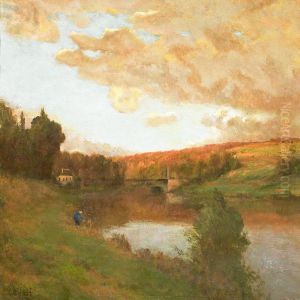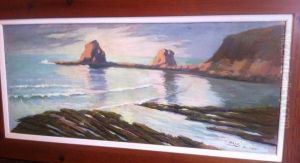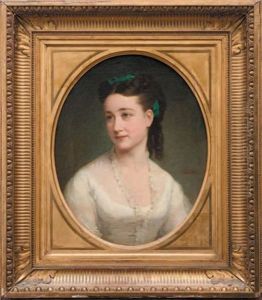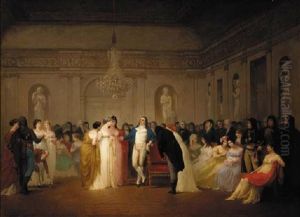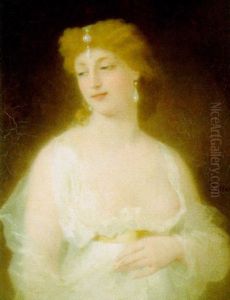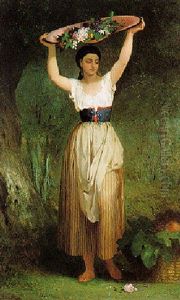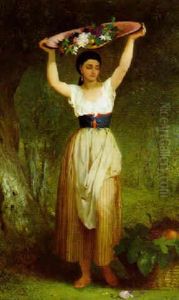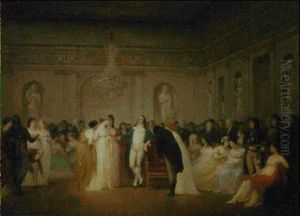Jules Masse Paintings
Jules Masse was a French painter born in 1860. Although not as widely recognized as some of his contemporaries, Masse was a part of the rich tapestry of 19th-century European art. He worked during a period that saw the transition from traditional academic art to the more modern movements that characterized the early 20th century.
Masse's early life and training remain somewhat obscure, but it is known that he was active during the latter part of the 19th century, a time when Paris was the epicenter of the art world. He likely would have been exposed to the various movements of the day, such as Impressionism, which was gaining prominence during his lifetime. However, Masse's style did not fully align with the Impressionist approach; instead, his work exhibited characteristics of the academic style, with a focus on more formal and realistic representations, though he did incorporate a sense of light and color that suggested an awareness of the new artistic trends.
Throughout his career, Jules Masse exhibited his works at various salons and galleries, which was the traditional pathway for artists to gain recognition and sell their work. His subjects often included landscapes, portraits, and genre scenes, reflecting the popular tastes of the time. While he may not have achieved the same level of fame as some of his contemporaries, his work was nonetheless appreciated by a segment of art collectors and the public.
Masse continued to paint and exhibit his work into the early 20th century. As the art world began to shift with the advent of movements like Fauvism and Cubism, Masse’s more traditional style would have seemed increasingly out of step with the avant-garde. Nevertheless, his dedication to his craft ensured that he maintained a place within the French art scene.
Jules Masse passed away in 1913, before the outbreak of World War I, which would bring about dramatic changes in society and the arts. Although his work may not be as well-known today, it provides a glimpse into the artistic environment of his time and the varied currents that flowed through French art during the Belle Époque.
